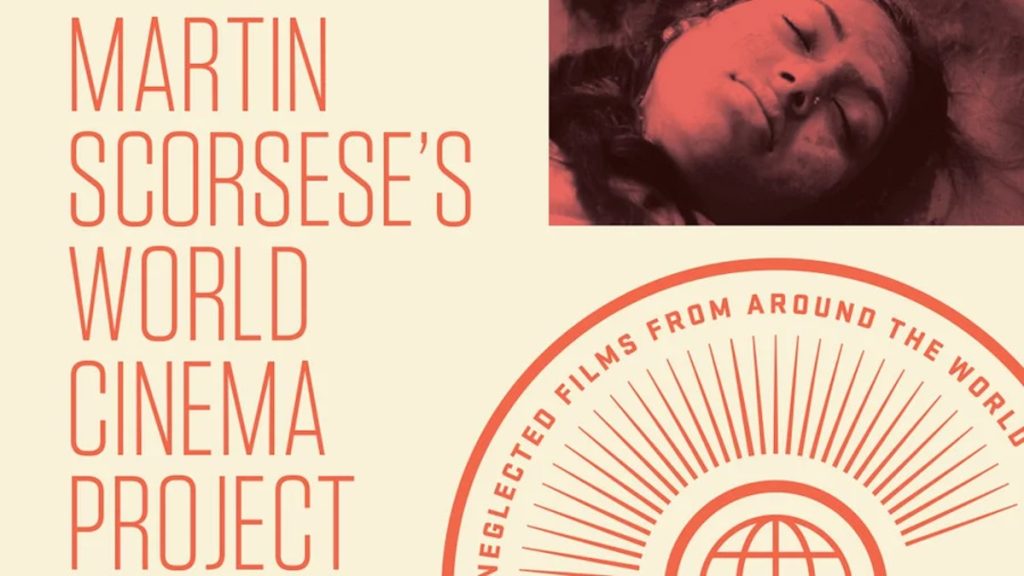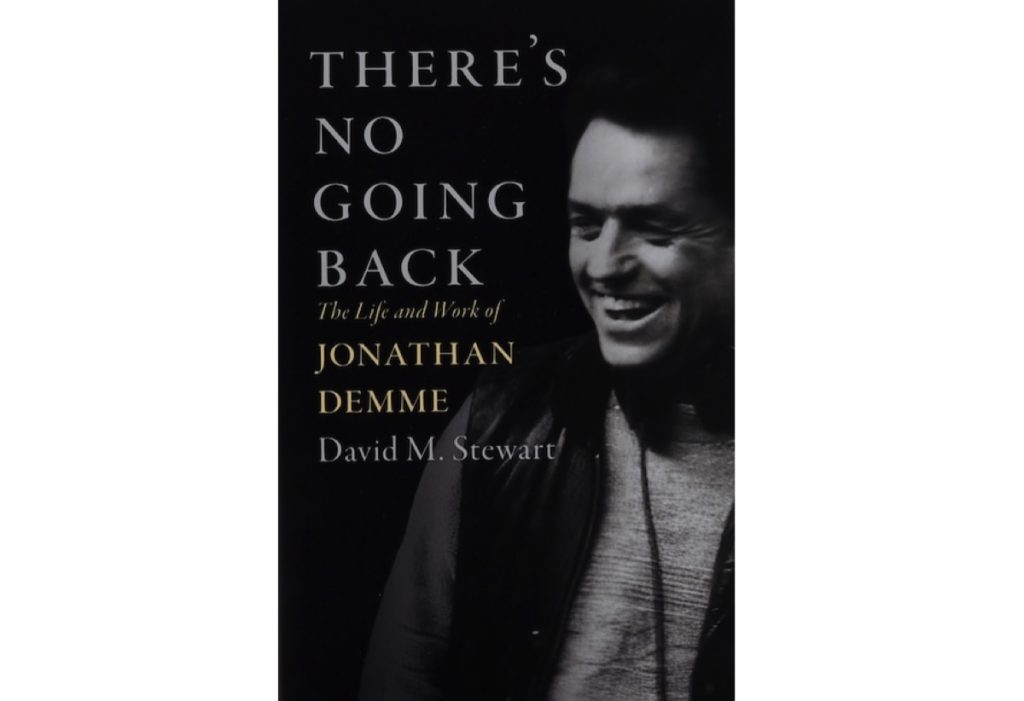When The Sopranos first debuted 22 years ago, many reviews were quick to note it was “unlike anything that had come before.” An understandable reaction, given how much the show did to revolutionize the television drama, but clearly, those reviewers hadn’t seen a little movie from 1977 called Grave of the Vampire.
Okay, so, I’m being a little facetious here—but only a little. Grave of the Vampire was a cheapie horror film directed by John Hayes and starring ‘70s B-movie staple and proto-Schwarzenegger hunk William Smith. More importantly, it was written by none other than David Chase, the creator and showrunner of The Sopranos.
Chase spent the better part of four decades as a screenwriter, but the overwhelming majority of his credits are in television, cutting his teeth as a story editor and staff writer on shows like Kolchack: The Night Stalker, The Rockford Files and Northern Exposure. He has only three feature film writing credits to his name: the forthcoming Sopranos prequel movie The Many Saints of Newark (premiering Oct. 1 on HBOMax), 2012’s rock n’ roll coming of age story Not Fade Away, and the aforementioned Grave of the Vampire.
A seemingly disparate selection on the face of things, in fact all three films deal with the same theme: namely, heredity as fate.
Grave of the Vampire opens with its main villain, the immortal vampire Caleb Croft (Michael Pataki) rising from the grave and raping a young a woman. Twenty-some-odd years later, we follow James Eastman (Smith), the half-human, half-vampire spawn of that assault, as he hunts his accursed father in order to seek vengeance on behalf of his mother, who wilted away and died young from raising her son on her own blood.
A fun, if not particularly memorable film for most of its runtime, there’s not much in Grave of the Vampire that would necessarily clue you in that it’s from the man who created The Sopranos—save some humor at the expense of pretentious academic and New Agey types—until the very last scene. Smith’s character is able to exact his revenge, but just before he strikes the killing blow, his father damns him with a curse. In the shockingly bleak (by today’s standards at least—this was the ‘70s, after all) final scene, we watch James transform into a blood thirsty vampire, set to devour the woman he loves and had just saved a moment before.

Stripped of its genre trappings, this is pretty much the arc of Tony Soprano. For all that he talked about the importance of family, Tony ended up murdering his nephew, his cousin, and his surrogate brother, while also attempting to murder his uncle and his own mother—who, granted, both attempted to murder him first—not to mention the ways his selfish, sociopathic actions hurt and corrupted his wife and children.
And yet, it’s hard to fully blame Tony for being a monster, any more than James in Grave. In both, heredity is a curse passed down from one generation to the next alongside genetic conditions like depression, anxiety, and addiction. The most infamous scene in Grave of the Vampire—heavily referenced in its advertising—shows a baby feeding on human blood. Schlocky though it may be, you could find worse metaphors for the larger thematic arc of The Sopranos.
It’s hard not to think Chase was making an early attempt to deal with his own family dynamic in Grave. In interviews, he’s spoken of basing much of The Sopranos on his own familial history. Like Tony Soprano, he dealt with debilitating anxiety and depression, much of which stemmed from his relationship with his brutish, reactionary father and depressive, narcissistic mother. The father as hulking monster and mother as neurotic are archetypes he was already exploring in his first feature script.
He would of course go on to refine these characters, first in The Sopranos, and then in his sole directorial feature, Not Fade Away. That film, praised by critics but unfortunately ignored by audiences at the time of its release, has the same look and feel of The Sopranos (thanks in large part to the late, great James Gandolfini co-starring), but minus any mob connections.
Not Fade Away is even more of a personal work than The Sopranos, following the maturity of a Jersey-raised youngster who, like Chase, harbored dreams of being a professional drummer in a rock n’ roll band before deciding to pursue a career in film.
As in both Grave of the Vampire and The Sopranos, parental dynamics are central to Not Fade Away, although in this case, Chase was attempting to look at things from the opposite angle, an examination of, in Chase’s own words, “a post-war, post-Depression-era parent who has given his kid every advantage that he didn’t have growing up, but now can’t help feeling jealous of the liberated, more adventurous destiny his son is able to enjoy.”
Far from a retread of The Sopranos, as many a potential viewer no doubt assumed, Not Fade Away is its own unique and moving examination of the of American family dynamics at an important juncture of American history, equal parts clear-eyed and dream-like, as well as a refutation of the famous opening lines from Tolstoy’s Anna Karenina (the same which was used as the title for a season 5 episode of The Sopranos): “Happy families are all alike; every unhappy family is unhappy in its own way.”
Chase’s work calls bullshit on that sentiment. Unhappy families are not unique in their struggles, but universal in the way their inherited problems beget the same dramas, time and time again. To Chase’s great credit, he offers no answers as to how to break that cycle, content to merely observe it with the requisite amounts of dark humor and searing compassion.



